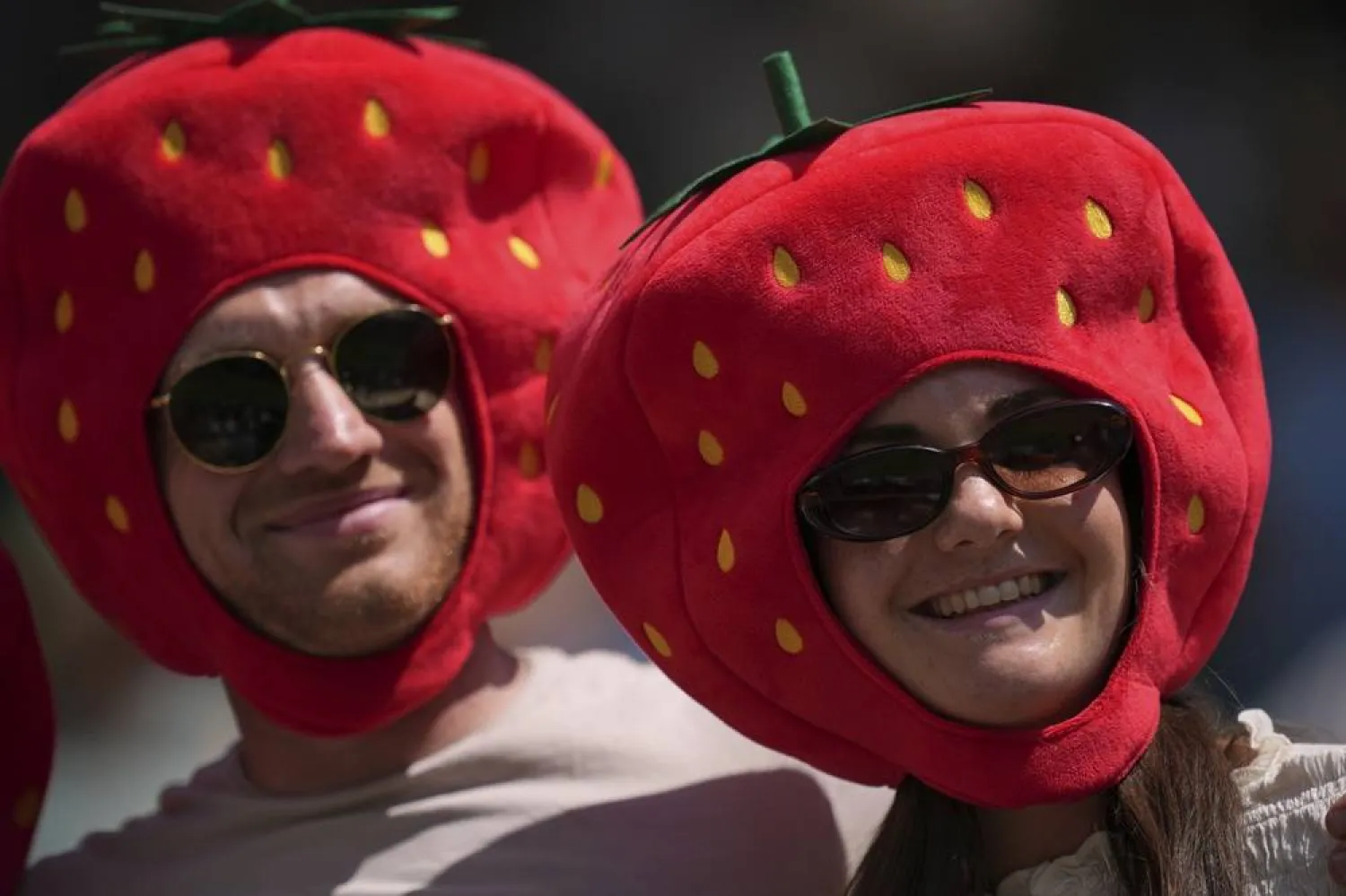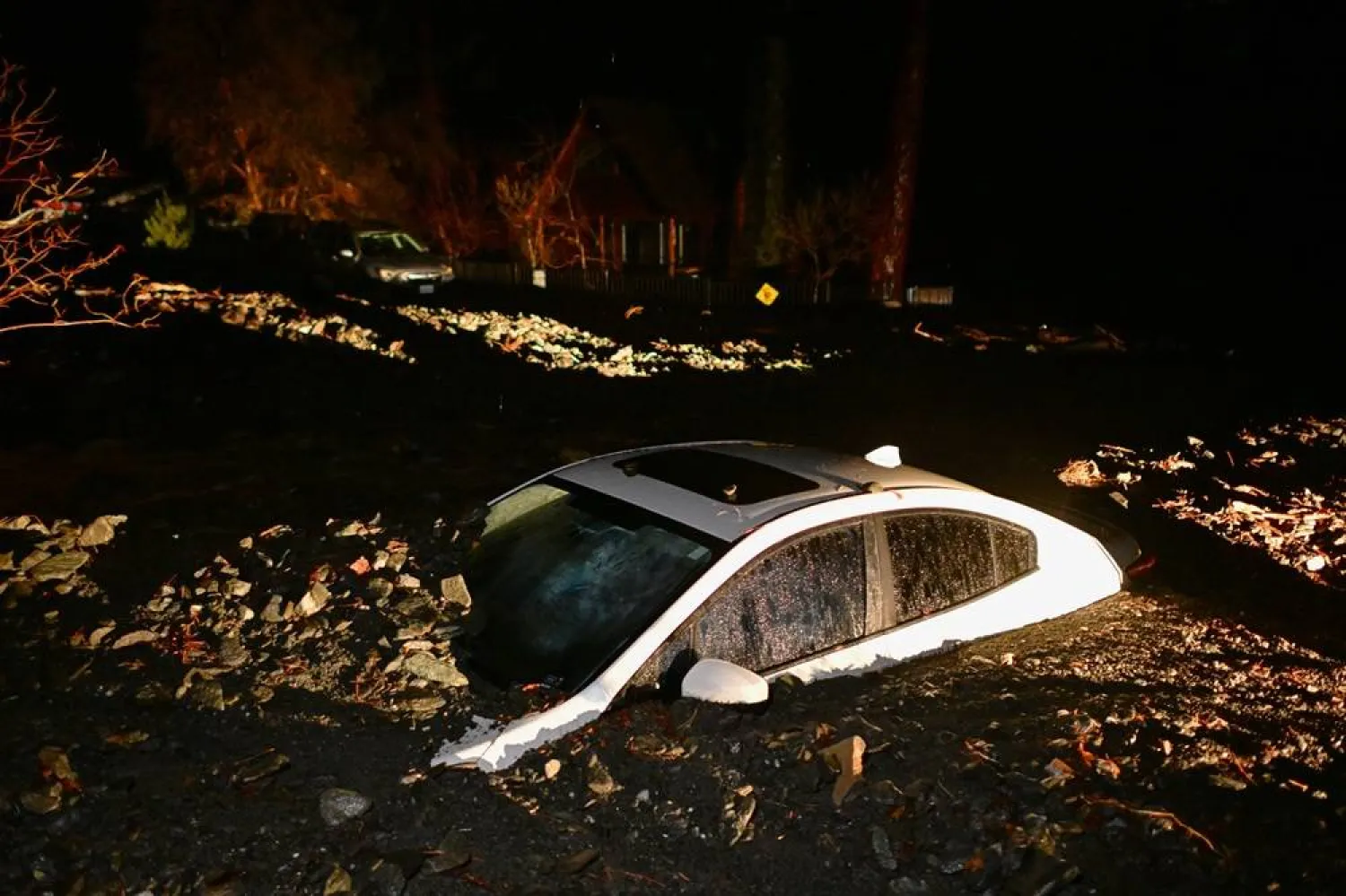It may be the top seed at Wimbledon but even the reigning king of strawberries knows the crown sits lightly.
The Malling Centenary berry has reigned supreme since being introduced at The Championships in 2016, sweetening summer rituals and picnics alike at the All England Club.
Yet in the fields and labs, a new crop of challengers is ripening. In the high-stakes world of soft fruit supremacy, flavor, firmness and fame are all up for grabs.
The Malling Centenary variety is known for its sweetness, "heart-shaped" size, and quality of taste, according to Joe Furber, Food and Drinks Operations Manager at Wimbledon.
Weeks of sunshine and a "bumper crop" in the UK have helped produce an excess of strawberries, meaning Furber expects around 2.5 million of them, or 5,000 tons, alongside 13,000 liters of cream to be consumed during the Wimbledon fortnight.
This year, a portion of 10 Malling Centenary strawberries with cream costs two pounds and seventy pence ($3.70) after the first price increase (20 pence) since 2010.
The strawberries are grown in polytunnels by Hugh Lowe Farms, a family-owned business in Kent, just 31 miles from the All England Club, picked and delivered each morning at 8:30am.
"Their best time aligns perfectly with the championships, which is quite fortuitous, which is a big part of why they were chosen," Furber said.
But like every champion, it cannot afford to rest on its laurels as contenders lurk to seize the strawberry crown.
The Summer Berry Company, based at Groves Farm near Chichester, told Reuters the variety landscape is becoming increasingly competitive and that it has reduced its production of Malling Centenary over the years.
"I love Malling Centenary, I’m in no way saying it’s a bad variety. I’m just saying that there’s a new generation of varieties we’re bringing to the market," Commercial Director Jack Darnes said.
Summer Berry, which uses robotics and artificial intelligence technology to help with the harvesting process, grows varieties including Fandango, Karima and Florice, which Darnes said are larger and sweeter.
"With Malling Centenary three or four days later they’re still okay, with the new varieties you can survive even longer - six to seven days. So it’s reducing waste, it’s a better product for the end consumer," he said.
"We hope one day there’s going to be a new summer berry variety that people at Wimbledon are going to be consuming even better than Malling Centenary," he added.
Malling Centenary does not suffer the same fate as its predecessor, the Elsanta Variety, which, according to Darnes, is no longer produced in the UK.
The UK produces 120,000 tons of strawberries each year, generating retail sales of up to 700 million pounds, said Darnes.
The global market is estimated at about 10,000,000 tons, with a value of $20 billion, according to German agriculture company Bayer.









